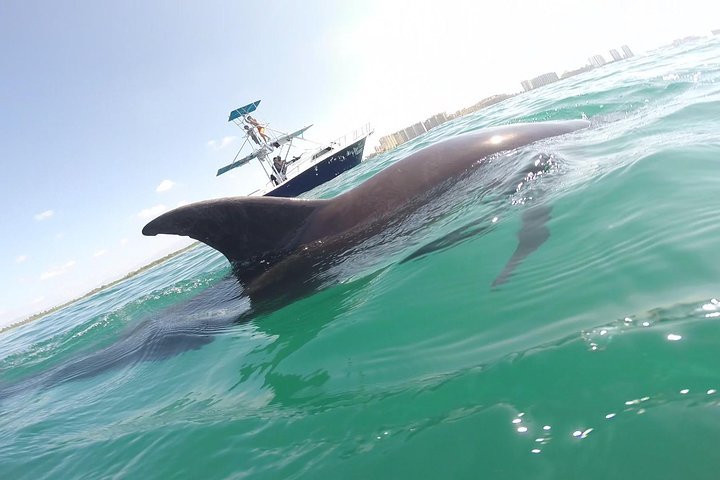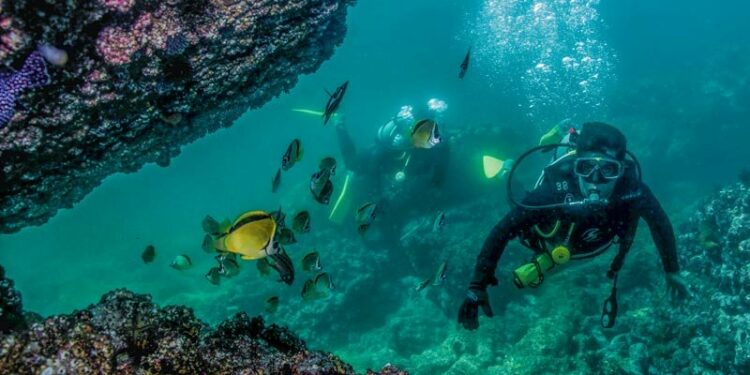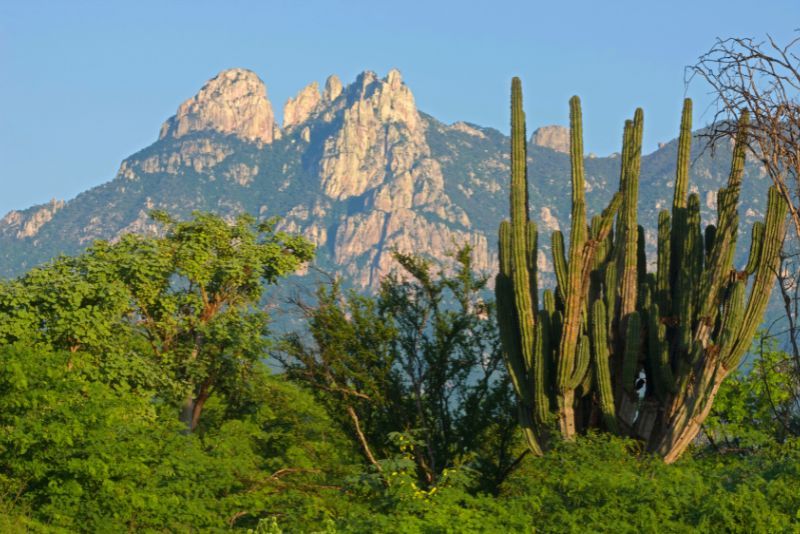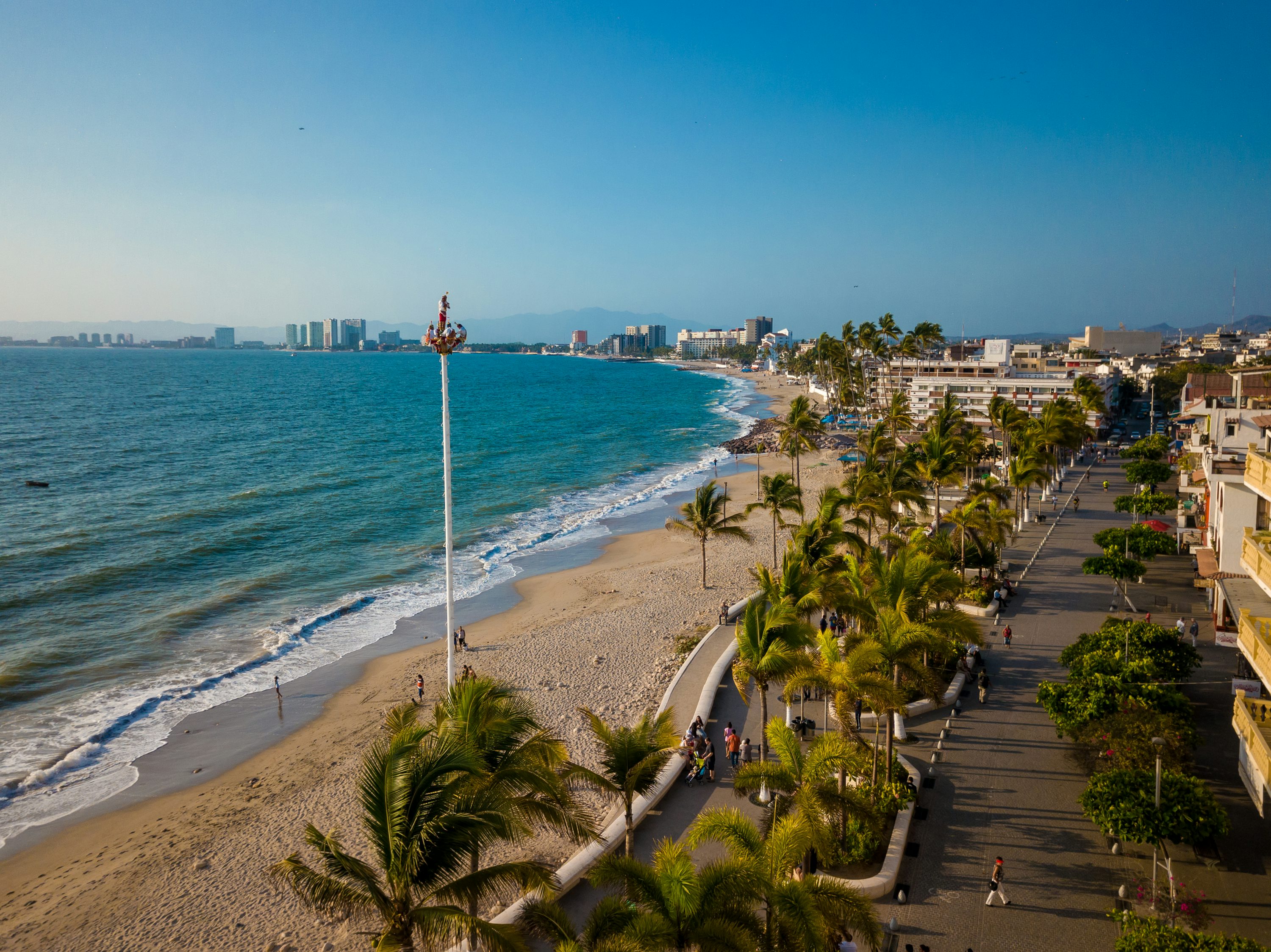Banderas Bay National Marine Park: Wildlife and Conservation

Banderas Bay, located between the states of Jalisco and Nayarit, is one of the richest and most diverse marine ecosystems on Mexico’s Pacific coast. Its crystal-clear waters, golden beaches, and landscapes framed by the Sierra Madre Occidental have made it a world-class tourist destination. But beyond its scenic beauty, this bay is also an important natural sanctuary that shelters an impressive variety of marine species and birds, protected within the Banderas Bay National Marine Park.
In this blog, we’ll explore the ecological importance of this park, the species that inhabit it, the conservation efforts that keep it thriving, and how visitors can enjoy its natural wealth responsibly.
A Natural Refuge on the Mexican Pacific
The Banderas Bay National Marine Park is one of the largest marine protected areas in the country, covering more than 1,000 square kilometers of ocean waters. Within it are diverse ecosystems such as coral reefs, mangroves, beaches, cliffs, and open sea.
This area serves as a habitat and migratory corridor for many species, making it a key location for the conservation of Pacific marine life. Here you can see turtles, manta rays, dolphins, humpback whales, and colorful tropical fish.
One of the most iconic spots within the park is the Marietas Islands, famous for their “Hidden Beach” or “Lover’s Beach,” a natural crater of white sand surrounded by rock walls. These islands are a UNESCO Natural World Heritage Site and a symbol of the bay’s biodiversity.
Wildlife: A Natural Spectacle

The Banderas Bay National Marine Park is home and temporary refuge to hundreds of species. Among the most remarkable are:
-
Humpback whales: Every year between December and March, these ocean giants travel from the cold northern waters to the bay to reproduce and give birth to their calves — one of the most breathtaking natural spectacles in Mexico.
-
Bottlenose and spinner dolphins: Seen year-round, swimming freely near boats or playfully riding the waves.
-
Sea turtles: Species such as the olive ridley, leatherback, and hawksbill nest on the bay’s beaches, especially between July and December.
-
Manta rays and whale sharks: These peaceful giants also visit the bay’s deep waters during certain seasons.
-
Seabirds: Frigatebirds, pelicans, seagulls, and blue-footed boobies are part of the landscape, especially around the islands and cliffs.
The bay is also an important site for sustainable artisanal fishing and scientific research focused on the marine ecosystems of the Mexican Pacific.
Conservation: Protecting for the Future

The beauty and biodiversity of Banderas Bay face constant challenges. Tourism growth, unregulated fishing, and marine pollution are real threats to the ecosystem’s balance. For this reason, the Mexican government, together with environmental organizations and local communities, has implemented several conservation and sustainable management strategies.
Key initiatives include:
-
Sea turtle protection programs, involving beach monitoring, nest collection, and baby turtle releases.
-
Regulation of tours and tourist activities in sensitive areas such as the Marietas Islands, limiting the number of daily visitors and promoting eco-friendly practices.
-
Coastal cleanup and environmental education campaigns to raise awareness among both tourists and locals about keeping beaches and oceans clean.
-
Scientific monitoring, through which biologists and conservationists track changes in marine fauna populations to make informed protection decisions.
Thanks to these efforts, the Banderas Bay National Marine Park remains a model of marine conservation in Mexico and an example of how tourism and nature can coexist responsibly.
Responsible Tourism and Sustainable Activities

Visiting the Banderas Bay National Marine Park is an unforgettable experience — but it also carries the responsibility of caring for this natural treasure. Fortunately, there are many ways to enjoy it sustainably.
Some of the most recommended activities include:
-
Whale watching: Conducted only with certified operators who respect observation distances and time limits.
-
Eco snorkeling and scuba diving: Ideal for exploring reefs and marine life without disturbing the environment.
-
Kayaking and paddleboarding: Perfect for gliding along the coast and admiring the scenery from a unique perspective.
-
Hiking and birdwatching: In authorized areas, where local guides share knowledge about native flora and fauna.
It’s essential to follow guide instructions, avoid touching corals, never feed animals, and use biodegradable sunscreen. Every small action helps preserve the natural richness of this ecosystem.
Education and Environmental Awareness

Beyond tourism, the park also plays a key role in environmental education. Many schools and universities in the region participate in research programs and workshops on marine conservation.
Visitors can join volunteer programs, beach cleanups, or turtle release events — experiences that leave a lasting and positive impact.
The Banderas Bay National Marine Park is much more than a tourist destination: it’s a sanctuary of life, a symbol of balance between humanity and nature, and a reminder of what Mexico has to offer the world. Every wave, every bird, and every marine creature is part of an ecosystem that we must value and protect.
Enjoying this paradise also means taking on the responsibility of preserving it for future generations.
And to make your journey in Banderas Bay worry-free, Puerto Vallarta Airport Transportation offers safe and reliable transfers from the Puerto Vallarta International Airport to the bay’s main destinations — including Marina Vallarta, Nuevo Vallarta, and the docks where tours to the marine park depart.





